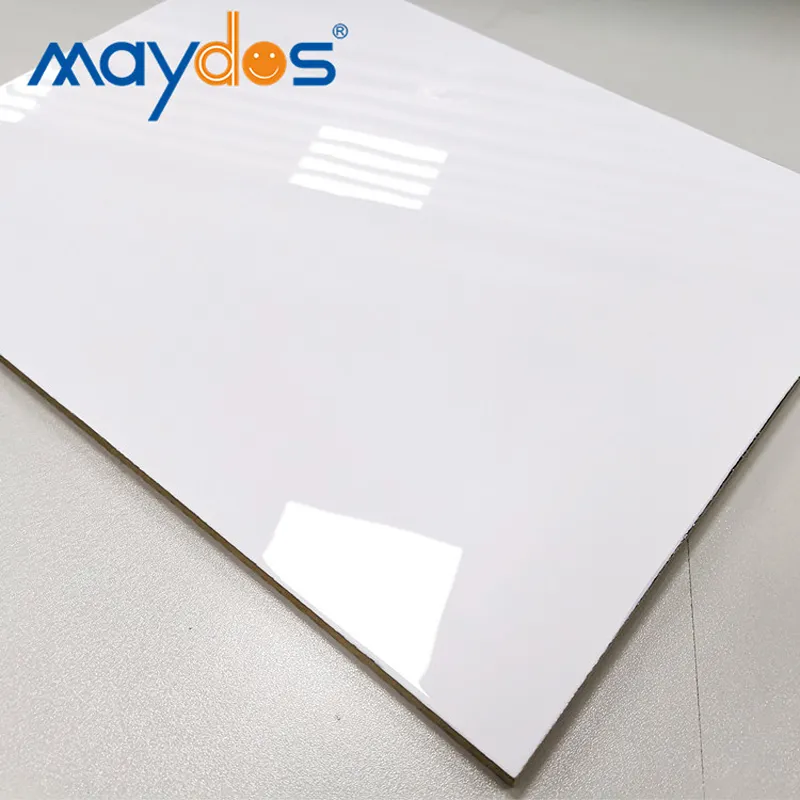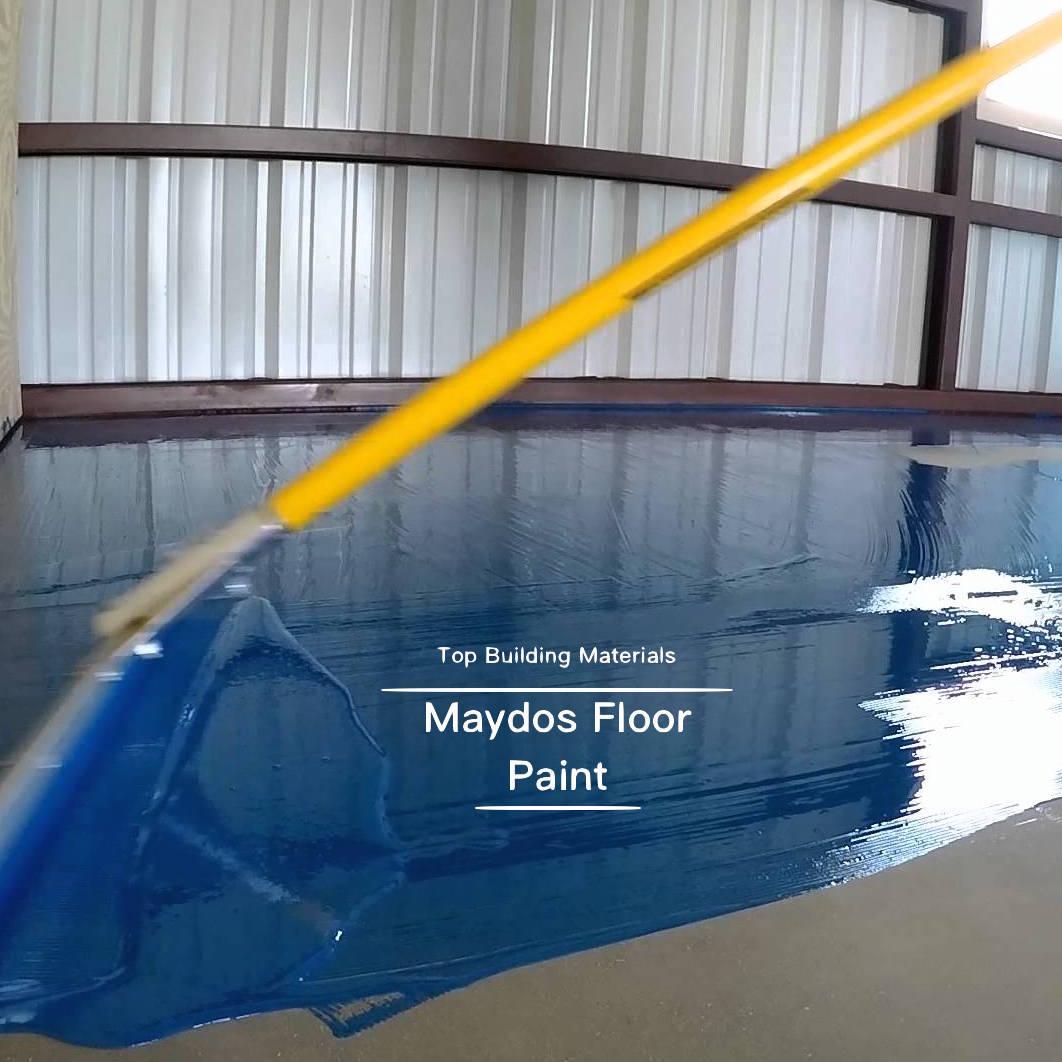Paint Manufacturer
A Paint Manufacturer is an organization that produces a range of paint products. The company’s branded solutions are the best known in the industry. The company also provides value-added services and knowledge to ensure their products meet customers’ needs. They are committed to providing sustainable, long-term value for all of their stakeholders.
Manufacturing processes
The manufacturing processes of paint manufacturers have remained relatively unchanged for centuries. The basic process involves mixing ingredients in a liquid (water or organic solvent), which is then milled to achieve the correct particle size. While these processes remain fundamental, there are some key differences between paint manufacturers. Changing market demands, business trends and governmental regulations can prompt changes in manufacturing equipment and processes.
Pigments are the main ingredients used to make paint. These can be natural or synthetic, and include dyes, minerals and metals. Then, they are mixed with a resin and other additives. Usually, a pigment-based paint is produced. This process begins by premixing the pigments in a mixing tank. Once the mixing process is complete, the pigment mixture is routed through a sand mill, which grinds tiny particles of silica and sand into a fine-grained paste. The final step is to filter the mixture and pack it into a container.
Paint manufacturers also use additives to enhance certain properties. These additives can enhance a paint’s brushability, mould and scuff resistance, drying and sag resistance, and ease of application. In the production process, these additives are measured by volume or weight, usually using calibrated vats. For large batches, ingredients are added using an accurate electronic scale. These scales have an accuracy of +/ 5 kg per 20,000 kg, and allow the addition of additives to paint batches with high accuracy. In smaller batches, floor scales are used.
Paint manufacturers use stringent quality control methods to ensure that their products meet the standards and specifications set forth. The ingredients used in the production process are also subjected to rigorous testing. In addition, the finished paint is thoroughly inspected for density, fineness of grind, dispersion and viscosity. Once this is done, the paint is applied to a surface. This is studied to ensure it doesn’t bleed or dry quickly.
Ingredients
There are many different types of ingredients used by paint manufacturers. These include a binder, plasticizer, humectant, and a variety of additives that enhance physical properties of paint. These additives are typically added in small amounts, but their effects can be profound. For example, some of these additives can improve the flow properties of paint, inhibit the growth of mold, and help the paint resist sagging. These additives can be added to paint after it is purchased. Popular additives include Penetrol and Floetrol. These are generally added after the raw pigments are crushed or dispersed. Other types of additives include adherifiers, UV stabilizers, thickeners, and emulsifiers.
Several types of pigments are commonly used in paints. Calcium carbonate, for example, is a common ingredient in interior paints. It is a cheap and low-hide pigment. Talc, a type of magnesium silicate, is a soft, general-purpose extender. Zinc oxide, meanwhile, is used in primers and provides corrosion inhibition, stain blocking, and mildew resistance. Binders are essential components of paint, and their composition directly affects their performance.
Pigments are the most important part of paint, as they provide the color and other properties. These solid particles are usually granular and not soluble in the solvent or binder. In the case of white paints, most of the pigments are composed of titanium dioxide, although dyes may be used instead. Other ingredients, such as fillers, are also used in paint, and usually consist of cheap, inert materials.
Environmental impact
Traditional paint pigments contain heavy metals that can accumulate in soil and cause pollution. Researchers from Zheijang University in Hangzhou, China, analyzed the soil of a retired paint manufacturer and found that it was contaminated with high levels of these metals. Overexposure to these metals can damage the body’s vital organs and lead to degenerative neurological processes.
The impact of paints on the environment can be minimized if the right kind of paint is used. Environmental impact assessments are increasingly being used by manufacturers to make greener products. In addition, reducing the impact of paints on the environment can help manufacturers attract consumers in a tight consumer market. In the past two decades, manufacturers have reacted to consumer concerns by developing more environmentally friendly products.
Many paint products contain volatile organic compounds, which are harmful to the environment. These compounds react with oxygen in the air and contribute to air pollution and global warming. They also contaminate groundwater and water supply wells. Water-based paints have lower VOC levels, which makes them more environmentally-friendly.
Oil-based paints are particularly damaging to the environment. Excess paint is often dumped in landfills and will eventually make its way into rivers and lakes. This pollution can also affect human health. It can weaken the immune system and cause respiratory problems. In China, the government has introduced regulations that require paint shops to reduce their emissions to protect the environment.
The paint and coatings industry has responded to these regulations by incorporating sustainability throughout the value chain. Many companies have begun adopting bio-degradable and renewable raw materials. However, these manufacturers need to be consistent in their efforts.
Costs
The high prices of raw materials are putting pressure on the bottom line of paint manufacturers. Prices have increased by more than 10% year-over-year since January. The increase is part of a general increase in the producer price index, which jumped 8.3% annually in August. This is the sharpest increase since the beginning of the metric. Paint and wallpaper stores saw sales increase by 7.8% annually in June, reaching $1.34 billion. While the pace of growth has slowed from an April high, the increase is still significant.
Costs of paint manufacturing vary based on the location of the business. In New York, the rent for a storefront can be more than $80,000 per month. In Florida, storefronts can cost as low as $1,000. Other costs include the cost of forming the business entity, trademarks, copyrights, and patents. Lastly, there are costs related to software. Paint manufacturers have to invest in the right equipment and know-how in order to run efficiently.
Costs of paint manufacturers are also affected by raw materials. Some raw materials are highly expensive and are increasing more than 10% a year. Luckily, many manufacturers have implemented innovative technologies to help reduce costs. One such technology is liquid product recovery, also known as pigging. This technology helps paint manufacturers recover residual product from process systems.
While prices are rising, paint makers continue to pass on those costs to consumers. A recent study by ICICI Securities Ltd. showed that most paint companies increased selling prices by four to five percent in the June quarter. The increase in prices is likely to continue in the next three months, with most companies planning to hike prices again in August. This is expected to result in higher net realisations for listed paint companies.
Distribution
The paint industry is relatively stable, closely following the growth of the economy. Since the beginning of the century, the demand side of the paint industry has grown at a relatively constant rate. The average annual growth rate has ranged from two to four percent. The acceleration in residential and commercial construction, as well as the increase in automotive production, has helped the industry’s growth. Companies like Sherwin-Williams have achieved nearly twice that rate of growth organically.
The distribution of paint manufacturers is increasingly important in today’s market as companies seek to find synergies in their supply chain to remain competitive. The distribution channel is also impacted by mergers and acquisitions. These deals often combine competing distribution and supplier organizations. However, distribution is not always as important as manufacturing.
In this case, vertical integration will help the company increase its operating margins. The extra gallons produced will generate incremental margins and operating profits. As a result, vertical integration is an effective and cost-effective strategy for the paint industry. Moreover, it will enable the company to enter new markets. With vertical integration, companies can increase operating profit margins and leverage. While vertical integration is not an easy task, it will help the company to improve their operations in the long run.
Another example of a vertically integrated company is Sherwin-Williams. The company manufactures and distributes paints, including architectural and industrial coatings. It also sells its products to independent dealers. It has a number of retail stores in the U.S., and also has distributors throughout the world. In addition, the company’s export division makes its products available outside the United States.





















